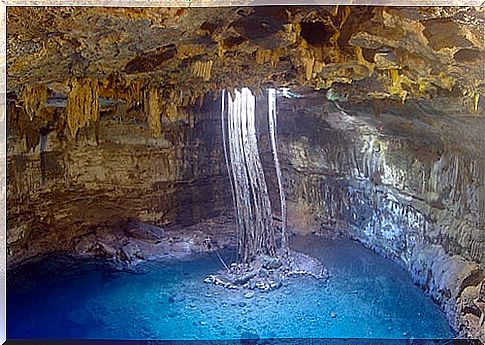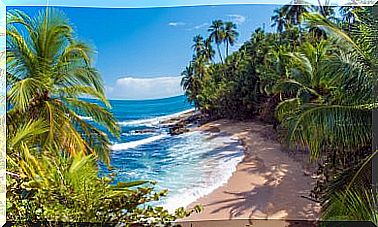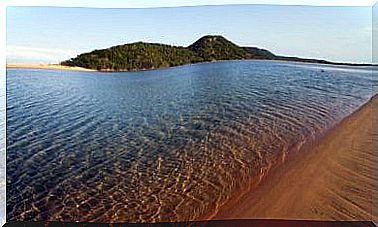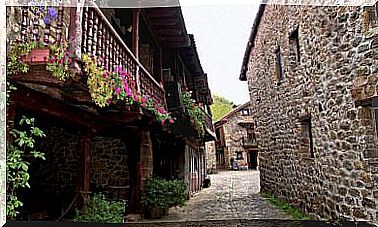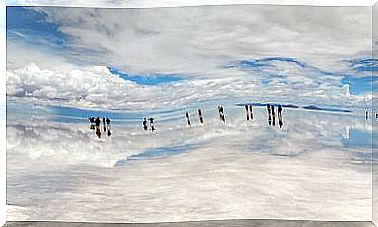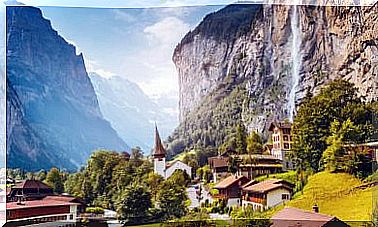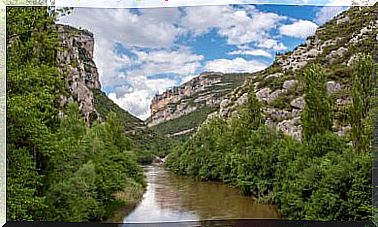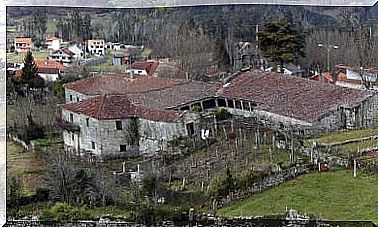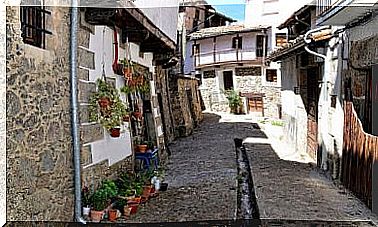Where Can You See Cenotes And Blue Holes?
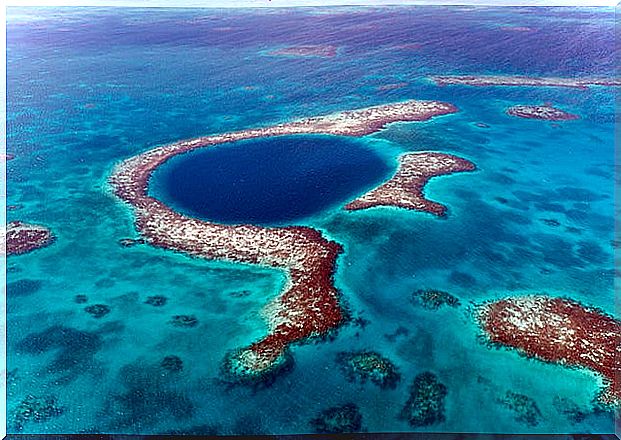
The cenotes and the blue wells are a gift of nature that arouse our admiration and a lot of indescribable sensations. You have heard a lot about the cenotes of Mexico or the Blue Hole of Belize, but where can you see cenotes and blue holes? Are there more scattered around the world? Let’s see.
What are cenotes and blue holes
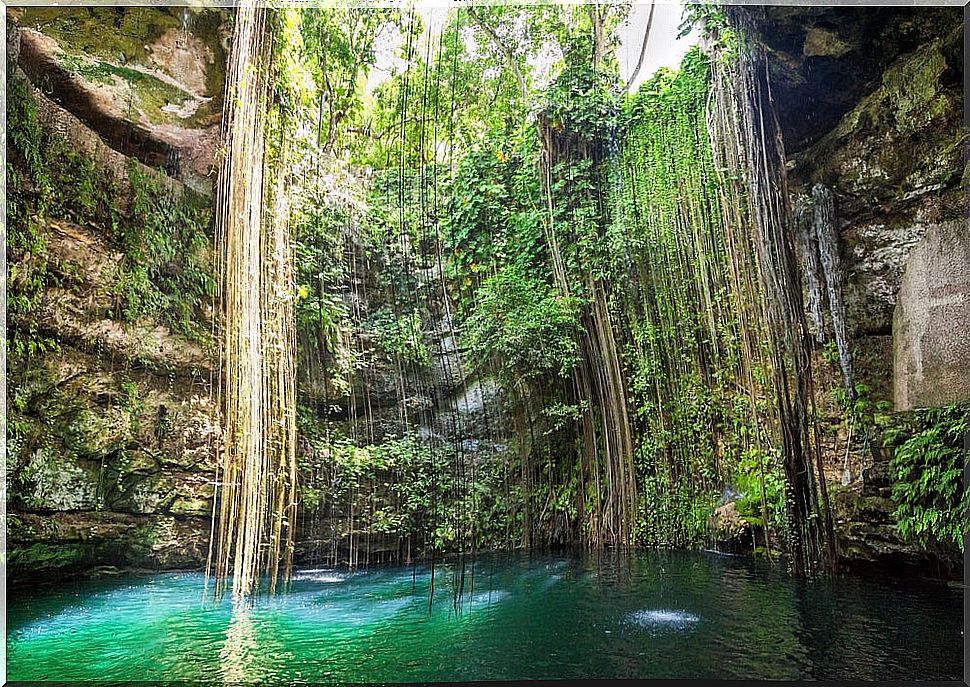
A cenote is a water hole or flooded cave of karst origin. It is the result of erosion and there are different shapes, covered or open at the top, it all depends on the age of the cenote.
For example, a semi-open cenote will have a medium age and its water will always be sweet and crystalline. The fully open cenotes are the oldest, although they are less beautiful than the semi-open ones. And if you are lucky enough to find one underground, you will be in front of one of the youngest cenotes.
One of the characteristics of the cenotes is that they have stalactites, due to the drops of water that are falling and dissolving the limestone rock that forms it.
For their part, the blue holes are underwater caves with vertical walls that stand out for their depth and for the intense color of the waters that fill them.
Without a doubt, these spectacles of nature are impressive. In Mexico there is a great concentration of cenotes due to the composition of the rocks of the Riviera Maya. But there are other cenotes and blue holes in the world that are no less impressive. We tell you where to contemplate them.
Where can you see cenotes and blue holes?
Pit Neversink, Alabama, USA
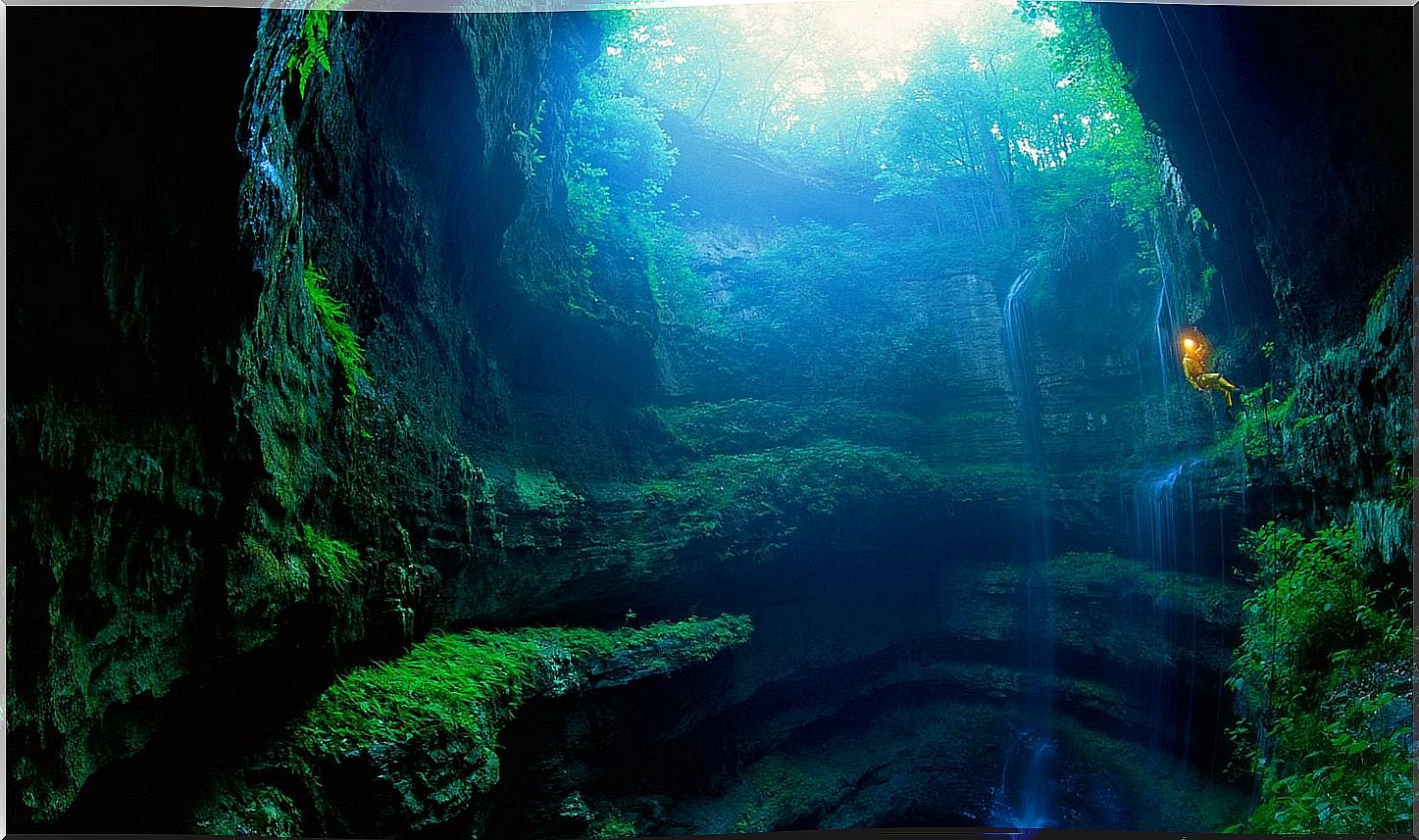
For a cenote to form, you only need limestone and the environmental conditions for it to erode. This can happen anywhere in the world. This cenote in Alabama is semi-open 50 meters above the ground, where ferns hang and bats live.
It is a bit difficult to access, but if you are adventurous you can hire an excursion with a guide to do it. You dare?
Krubera Voronya, Abkhazia, Georgia
This cenote is said to be the deepest cavity on Earth. It is estimated that it can reach about 2,700 meters. Even so, you can enter thanks to facilities and accessories that several companies in the area put at your disposal so that you can enjoy this magnificent work of art of nature.
Big Hole, Kimberley, South Africa
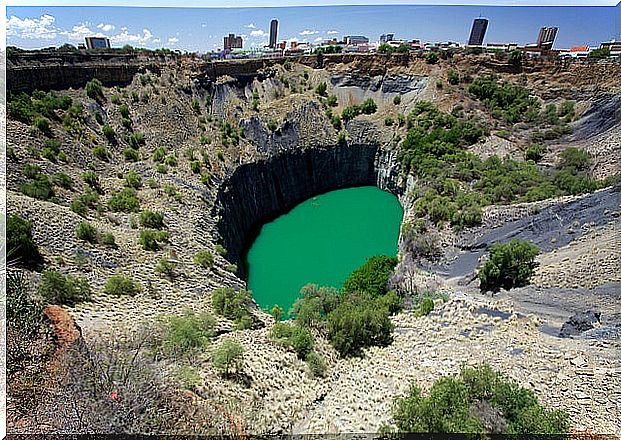
Also in Africa you can see cenotes such as the Big Hole, which is more than a kilometer deep and which began to form when the most famous diamond mine in the area collapsed. What was once the mine is a lake of water and soon it became one of the tourist attractions of the country for visitors and for the inhabitants of this.
Dean’s Blue Hole, Clarence, Bahamas
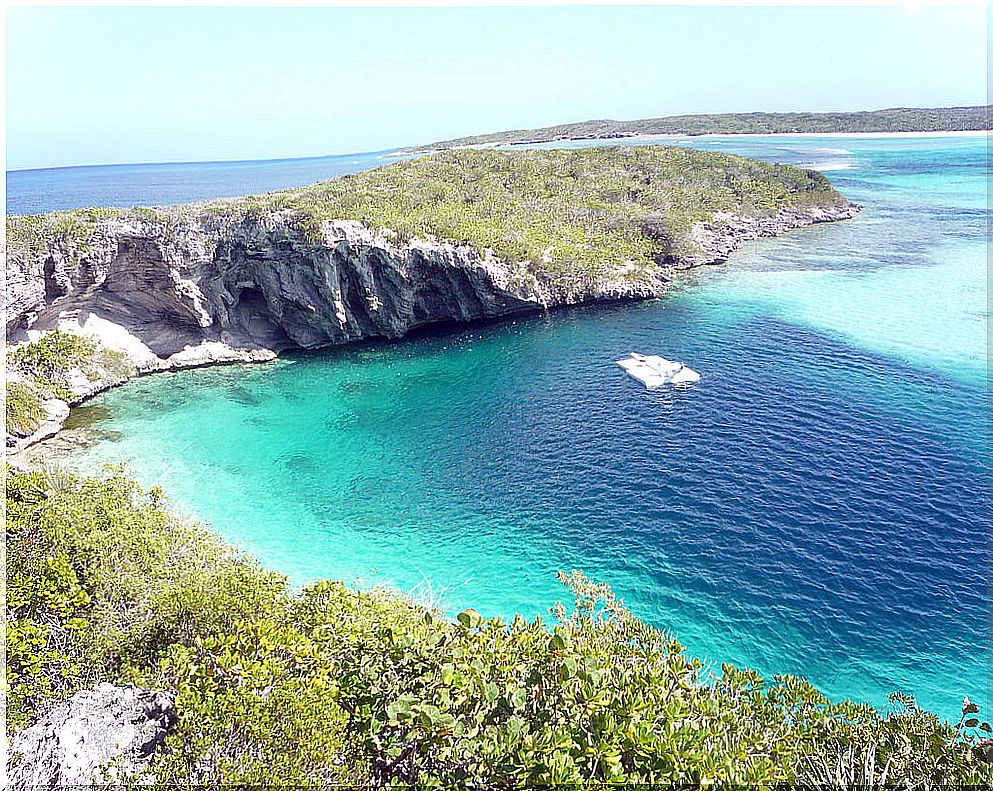
This is one of the most beautiful blue holes you will ever see. It is located in the Bahamas and joins a bay with turquoise waters that sinks about 200 meters. Imagine what a paradise for diving enthusiasts! Would you dare to try it?
It is separated from the sea with a small peninsula, making it clear what is what, and its name comes from those who were the owners of those lands for years before they became the property of the government.
Morning Glory Pool, Wyoming, USA

It is not deep, it is only four meters, but its waters are hot springs and the natural colors of these along with that of its rock are so spectacular that you will not even be able to tell with the naked eye if there is water or not. These are due to bacteria in the water that are harmless to health, but necessary to keep the water clean.
Great Blue Hole, Lighthouse, Belize
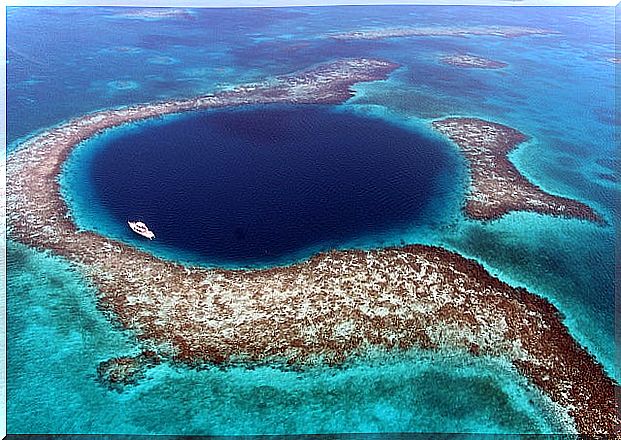
It is one of the most special blue holes because it is in the middle of the Atlantic. Yes, as you hear it, in the middle of the sea there is a deep blue hole that was formed from a system of caves. It seems that the sea was covering them, but this depth of 124 meters is still apparent to the naked eye.
It is said that it is the largest phenomenon of this type on the planet and that it is part of the country’s coral barrier, which is why it is also a World Heritage Site. No better place in the world to dive, don’t you think?
